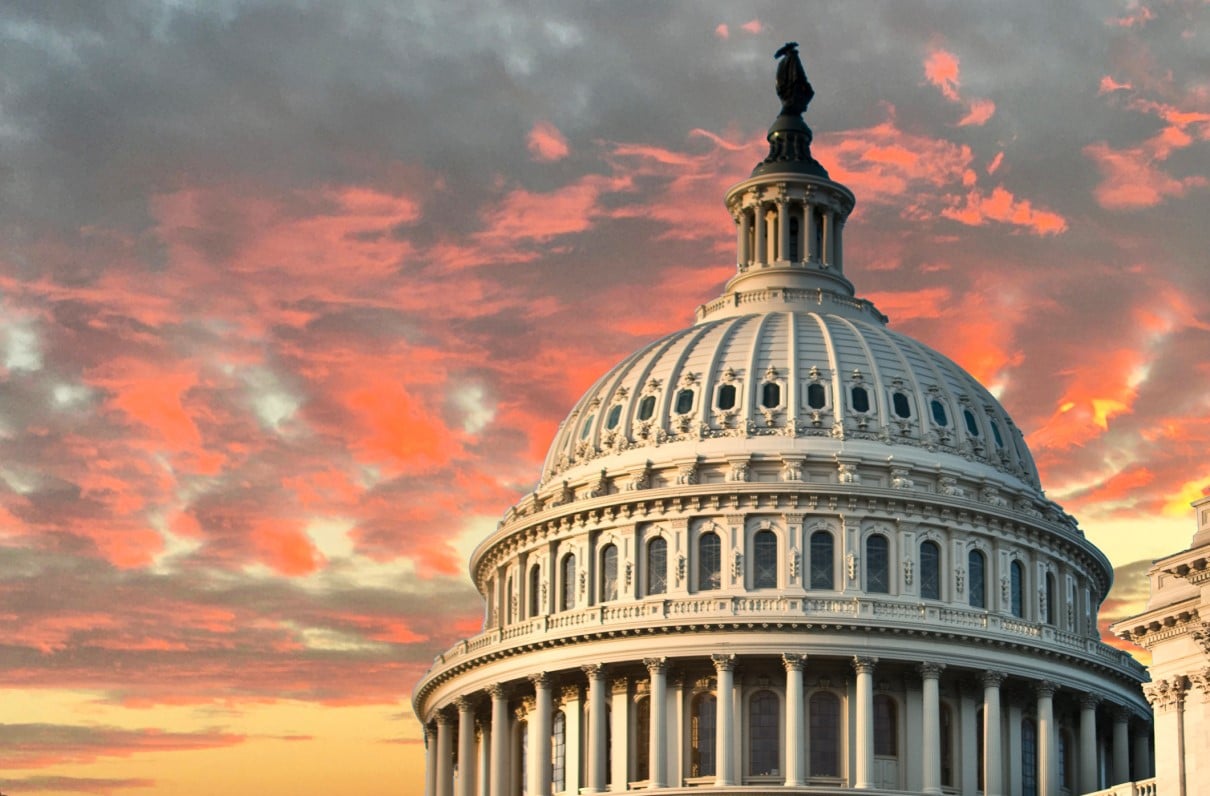(Updated March 1)
Although Congress passed yet another continuing resolution (CR) late Feb. 29, the clock still is ticking on a potential government shutdown.
After the latest CR, Congress now needs to pass 12 funding bills – six by March 8 (including funding for the VA and military construction) and the rest by March 22 – to keep the government open. Aside from temporary CRs, Congress has three primary options:
[TAKE ACTION: Ask Your Lawmakers to Avoid a Government Shutdown and Finish the Appropriations Process]
1. Full Funding
The preferred option – passing all the spending bills, either individually or as part of an omnibus package – would fund the government through the end of the year. All the attention is on the House of Representatives, including Speaker Mike Johnson (R-La.) and the razor-thin Republican majority.
Passing these bills likely will require some Democratic support, which complicates the situation. Johnson made it “unequivocally” clear that he wants to avoid a shutdown, and the bipartisan path risks angering members of his own conference. An agreement has been reached on some of the bills including military construction and VA appropriations, according to a Feb. 28 joint statement by House and Senate leaders; DoD funding negotiations continue.
2. Yearlong CR
The second option is to pass a full-year continuing resolution, which would push DoD into uncharted territory. As Secretary of Defense Lloyd Austin highlighted in his Nov. 29 letter to the lead Senate appropriator, Sen. Patty Murray (D-Wash.), DoD has never operated under a full-year CR.
This arrangement “would misalign billions of dollars, subject Service members and their families to unnecessary stress, damage our readiness, and impede our ability to react to emergent events,” Austin wrote in the letter.
In addition to losing ground against the pacing challenges of China, this path would force DoD to deal with a multibillion cut to military personnel accounts.
[FROM 2023: Understanding the Unseen Costs of a Continuing Resolution]
3. Federal Shutdown
The last, worst option brings not just uncertainty for DoD budget-planners, but potential financial disaster for those in uniform: Unlike past shutdowns and shutdown threats, Congress has not passed any legislation protecting servicemember pay should the government run out of money.
Without that agreement, all uniformed servicemembers would be subject to the challenges members of the Coast Guard, as well as those in the commissioned corps of the U.S. Public Health Service and NOAA, faced in 2019, when pay protections were limited to DoD branches.
While Congress should have serious policy debates about spending levels, shutting down the government does not advance such discussions. A shutdown is ultimately wasteful and prevents DoD from moving funds to important things like construction projects that support quality of life infrastructure for our servicemembers and their families.
Write your lawmakers today to make your voice heard – Congress needs to pass the funding bills our community relies upon.

